Morning came, light slowly oozing into our tent’s quiet darkness. The wind had long exhausted its last breath and with that, new weather had moved in, warm and cloudy, casting a pale veil over the land. I took a thirty minute round-trip walk down to the park’s ablutions block, lucking out as the sun briefly dashed out of the cast to ignite the fields. Having been told by a barely awake camp staff member that coffee could not be taken back to the tent, I had thus irremediably eradicated my last hopes of luxury.
This place is run like a prisoner camp, I thought with a frown, and had it not been for the immensely soothing openness of the sky above and the glowing soft flowers around, I probably would have started digging an escape tunnel.
When later Marie and I had breakfast in the communal tent, with no help in sight and sugar running low, we choked on chalk-dry rusks – only option available with the instant coffee. We gathered intel’ from a couple of fellow campers who reported having driven from the park’s very southern “beach camp” on a 4×4 road in eight hours, and highly recommended that area for its bulbs.
Now since there are probably fellow flower neophytes among you, let me say this and know that I am myself an ignorant when it comes to plants. The bulbs referred to here are not of the lighting kind – and I may well be crushing the hopes of hardware stores all around. They are geophytes to be precise, plants with an underground storage organ, as Marie explains.
In Namaqualand geophytes are more scarce and store themselves underground and come back year after year, saving food for later like Jean de la Fontaine’s ant. On the other hand, fat leaved succulents (below) are rather like the cicada and, storing water in their leaves, they soon find themselves begging when the north winter wind blows. Then there are daisies, which fill entire fields with unified colors, they were the breathtaking oranges of the previous day (above). Hopelessly annual, they reproduce by seeding into the wind and are gone, much like La Fontaine himself, one could say.
I love the way South African botanical facts and stats are always so extreme. One of Marie’s jaw dropping casual statements about the Namaqualand was that it is estimated there are fifty thousand seeds per square meter, these little marvels obviously planning far ahead and taking sabbatical years.
Weighing our options, we decided that while the couple had rated that dirt and sand road within the park to be of no problem for four-wheel-drive vehicles, we would rather get to the flowers fast, and then figure the back track. So we opted for a drive down the N7 to Garies, stopping briefly in Kamieskroon (population 893 souls) to inquire at the hotel about dinner, and booking for seven-thirty PM.
In Garies, we fueled up and paid an important visit to the local ATM as cash remains just about the only method of payment in the area. Unknown to us, the credit card cheekily stayed behind hidden in the hideous machine’s mouth, South African ATM’s swallowing the card for the duration of the transaction as used to be the case in North America instead of the current dip and pull, and this mishap would cause us much worry two days later. From there, we angled southwest and left the main road behind, trading tar for dirt and consistency for a bumpy chaos.
Marie and I have the funky habit of making things and animals talk. The late, utterly missed and forever adored Don Estorbo de la Bodega Dominicana had the master voice. But somehow, most other entities seem to end up with his voice too, laziness on our part, or maybe inertia. So we have at least made a point to give Mogashagasha a female Japanese accent, as she is a Asian import, complete with the undecipherable kanji, hiragana and katakana manual (the infamous timing belt warning of the Kruger trip having been identified in a smaller English accompanying manual).
Mogashagasha, the Special Edition V8 Turbo Diesel Toyota Landcruiser, loves dirt roads. When the going gets rough and poorly secured items start to rattle around us, when the fridge’s bottles begin to chime glass-on-glass, when bumps in the road take on tsunami proportions and make our teeth clatter and our backs tighten, she stretches, purrs a content sigh and never misses to announce that, at last, she gets to play.When the going gets rough and poorly secured items start to rattle around us, when the fridge’s content begin to chime glass-on-glass, when bumps in the road take on tsunami proportions and make our teeth clatter and our backs tighten, she stretches, purrs a content sigh and never misses to announce that, at last, she gets to play
Leaving Garies and realizing how bad the road was, with eighty kilometers to go until the ocean appeared, we looked at each other with dreary eyes but our ride was ecstatic and drove the point home. “Itto waazo abaatto taamo.”
Like in most second- and third-world countries, South African rural dirt roads can get quite bad. I suppose it is the combination of occasional rain runoff and bakkie (typical South African – always white – pick-up truck) passage that shapes the road in wave patterns, like corrugated iron, very closely positioned undulations in the surface that drive suspensions crazy and occupants insane. I have not skied much in my life but I equate that to skiing down moguls with an absolute lack of synchronization and in a straight line.
There was not much to see and thus not much to write about on that stretch. Dry, thirsty land swallowed us whole and we vanished from all but satellite eyes. After just under two hours, we emerged from the interior and flowers appeared just as the ocean did in the distance. This was not daisy land but the bulbs were beautiful, at times isolated and at others, congregating in large, bright patchy statements.
We stopped a few times, immediately bothered by some kind of large biting flies that did not fit the landscape. Then we noticed a few solitary cows in a field, and dung beetles dutifully rolling their prize across the road, and suddenly nature once again made sense. Full-circle as always, nothing gained nothing lost, the small adulating the large who often in turn crush the small absentmindedly, yet in the end everybody wins.
The tented beach camp setup by Chiefs resembled ours, but it was right on shore and campers would have had to deal with the smell of rotting kelp, which can at times be bitterly strong. So while I love an ocean view, in flower country our inland site was much nicer.
We then drove back a short distance to the turn-off towards the actual southern park gate and stopped under large eucalyptus trees that housed an enormous weaver colony, not sociable but rather Cape weavers I think, building individual nests with an upward entrance. I walked in and spoke with a ranger, inquiring about the drive north. He asked if we were familiar with the ‘road’s challenges’. “No,” I said, “but I am all ears.” “Do you have map,” he asked. “Yes, in the car.” He walked out with me and, the map stretched on the Toyota’s hood, he proceeded to describe the various features of the drive north, pinpointing a few spots of ‘very deep sand’.
“You’ll have to deflate the tires,” he said, “what are you at now?” “Hmm,” I guessed, “about 2.2.” “You’ll want 1.5, I’ll help you.”* But as the ranger was getting ready to let air out of our BF Goodrich tires, Marie suddenly stepped in with a categorical no. It was mid-day already, we had unknown road conditions ahead of us through the park yielding five to eight hours of driving, no way of re-inflating the tires afterwards until we got back out of the park, and she had rightfully had it.
I guess I felt slightly cheated out of my adventure but I knew she was absolutely right. The funny thing is, on any road trip, especially off-road, the most essential ingredient is not the gear, not supplies, nor the vehicle or even planning and preparation. No, the key ingredient and major controlling factor is commitment. Commitment means focus, it means momentum and it is a willingness to win through forward motion and taking chances. It sometimes also means burning bridges.
This time around we had settled for a lazy, comfortable, padded trip, civilization cozily hanging barely out of sight but never really of reach, and the deep sand had proven to be just a notch beyond our commitment level. We will never know what the drive north through the Namaqualand National Park might have been like, but then again, maybe we do not need to know.
We drove back through another eighty kilometers of dry and desert nothingness, raced north back to Kamieskroon, into the park again spotting a family of meercats in the dying light, went past the gate that had now closed and hence been illogically left open – this is not Kruger – and rolled into camp just in time to pour ourselves a G&T, catch a shower, watch the world sink into darker tones and dress back up for a ride out, relishing the very thought of not returning to a communal dinner. Many more cars were parked next to claimed tents and imagining the noise and meal chatter these people faced, we felt delicious about our clever escape trick.
That evening’s dinner in town was an even weirder experience, however, albeit in a good way. The hotel being full, we were booked in some kind of overflow dinning room just next door, where a couple ran a kitchen in the back of what must have been a convenience store in the old days. When we walked in from the night at seven-thirty sharp, we were greeted by our host in a brightly lit and perfectly empty room of generous proportions, the walls aggressively decorated with nostalgic memorabilia.
Multiple tables were spread out throughout and this place obviously had the ability to service entire bus-loads of visitors, but as far as local economy was concerned we had already crossed the invisible threshold of tourist season and business was low. “We’re expecting one other table,” the couple told us almost apologetically, as though the void reflected poorly upon their success.
Escorted to our table, we sat down and started taking the strange decor in, while being welcomed and briefed. An assisted buffet was setup right next to us on the once-upon-a-time shop counter. As Marie mentioned, the food wasn’t anything to write home about, but the couple was extremely nice and trying very hard, and that made an exceptional difference. The other people arrived after a while and sat nearby, their conversation audible in the wide open space but never bothersome. There was custard cream for desert, served the local way, and I am unashamedly addicted to it. That fact must have been mentioned to our hostess who, serving me seconds, said: “Well, we can always do a… oopsie!” and she kept on pouring with a smile.
We finished dinner and our wine – with corkage to be fair – and the meal over, left a hefty tip with an A for effort and slipped back into the obscurity. That night was warmer and we slept well. In the morning, we broke the rules and sneaked coffee back to the tent as the suddenly busy camp seemed a little more anarchy-prone. I went over to the headquarters one last time to settle, noticing with surprise that we had been charged for our small, airplane-size water bottles. Granted, at ten rands each (or about seventy cents), they were practically given away. But that nail sealed the luxury coffin. I was so struck that I purposefully forgot to mention they had missed half-a-dozen bottles. Grin.
But the road was calling. We had decided to stop for pancakes at the little crossroad shack just outside the park, and had our breakfast proper there. The two Afrikaans ladies were amiable and Marie launched into a mini-interview (published here) of which I understood nothing. So I acted as official – if illiterate – photographer and, with the interviewees’ embarrassed consent, snapped a few portraits. Their pancakes were delicious and we doubled our order. There was much about that experience that I could not grasp in terms of language, rural authenticity, loaded history and culture. Yet it felt right, and left a good feeling that diluted the luxury fiasco.
It’s not that we are constantly after luxury, of course, and we actually rarely indulge; it is more a matter of principle. ‘If you advertise it, they will come. Fail to provide it, they will never come back.’ But then again we also knew that within a few days, we would be at Babylonstoren and hospitality would likely redeem itself. What we did not know yet was that we were going to bask in the most extraordinary, outrageously plush and utterly addictive, beyond-luxurious comfort of things done right.
We drove on south along now friendly vistas and through Garies again. At Vanrhynsdorp however, we spun a sharp left and launched eastbound into an immense plain, on the straightest of straight roads at the end of which, closing in ever so slowly and rising from the ground like a giant roadblock, lay a plateau that stretched left and right forever. It was the Great Escarpment, leading edge of the Central South African Plateau, a major geological feature at the eastern and opposite end of which peaks the Drakensberg.
An extremely steep pass lead us up the escarpment and we stopped at the top, some kilometer above sea level, to look back down at the flat world we had left below. Strangely enough, while this sheer rise in the topography should have caused a clear weather shift, we would remain in flower country at our next stop in Nieuwoudtville.
Beyond that though, the Karoo our old friend awaited our return.
* This is in bars, of course, not PSI.
«The Namaqualand Bloom» Series
Want to read the entire series of stories? Start here
Already reading sequentially? Previous story: The Namaqualand Bloom, Part 1 – Luxury is a Luxury
Next story: The Namaqualand Bloom, Part 3 – A Canyon Through the Flowers
Marie’s recount: Skilpad Flower Camp
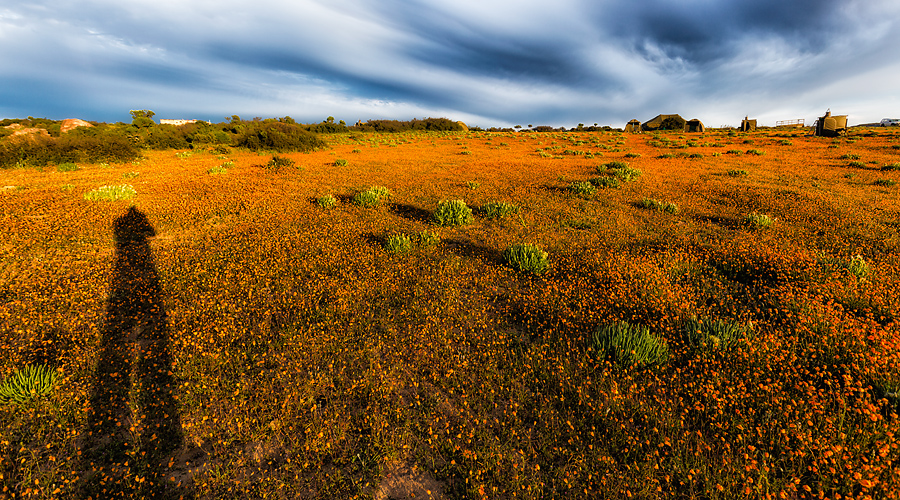
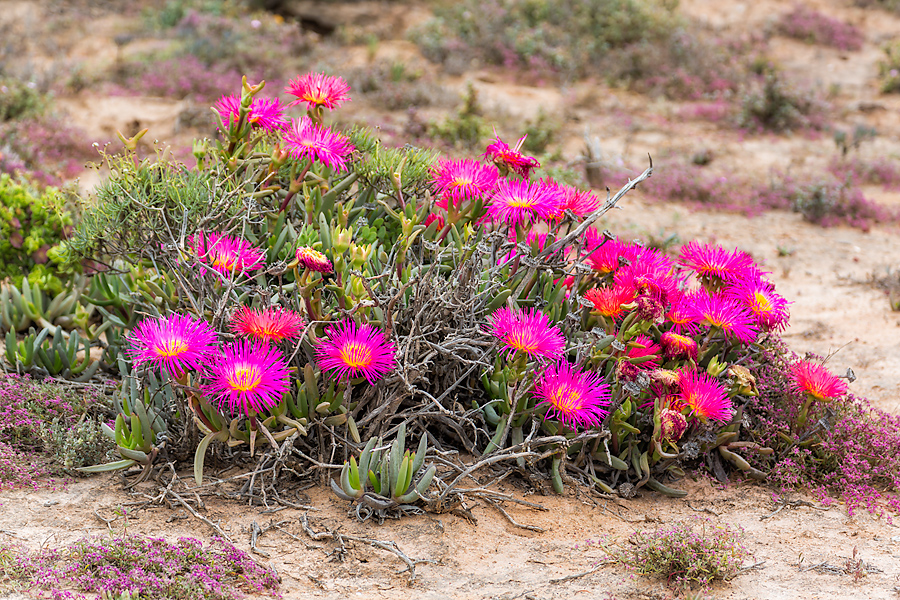
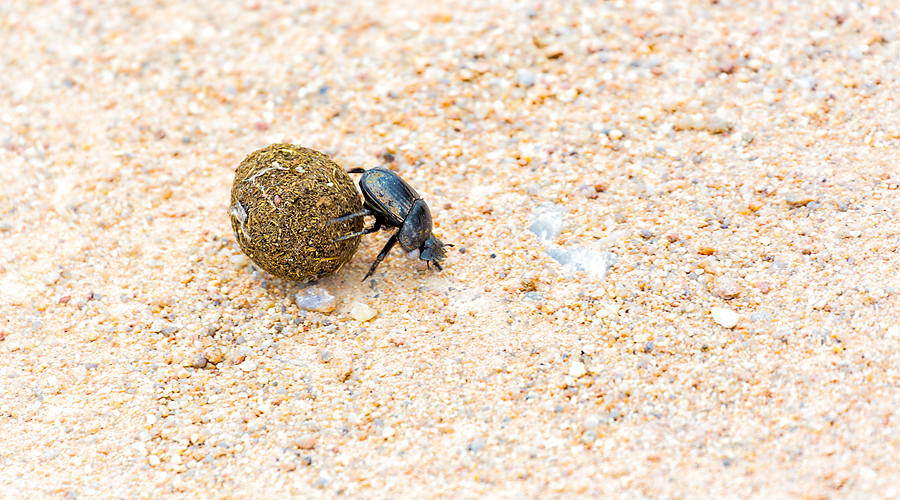
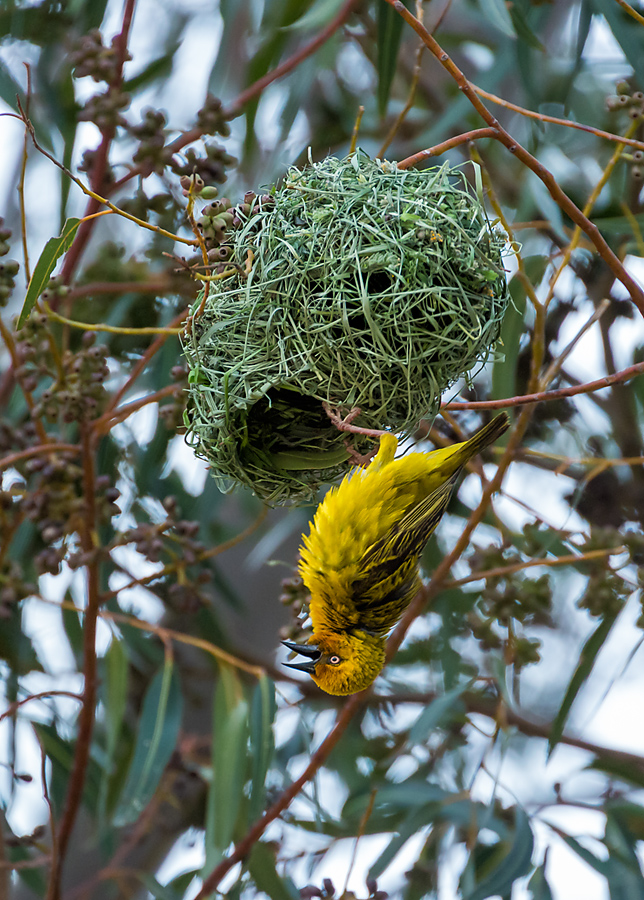
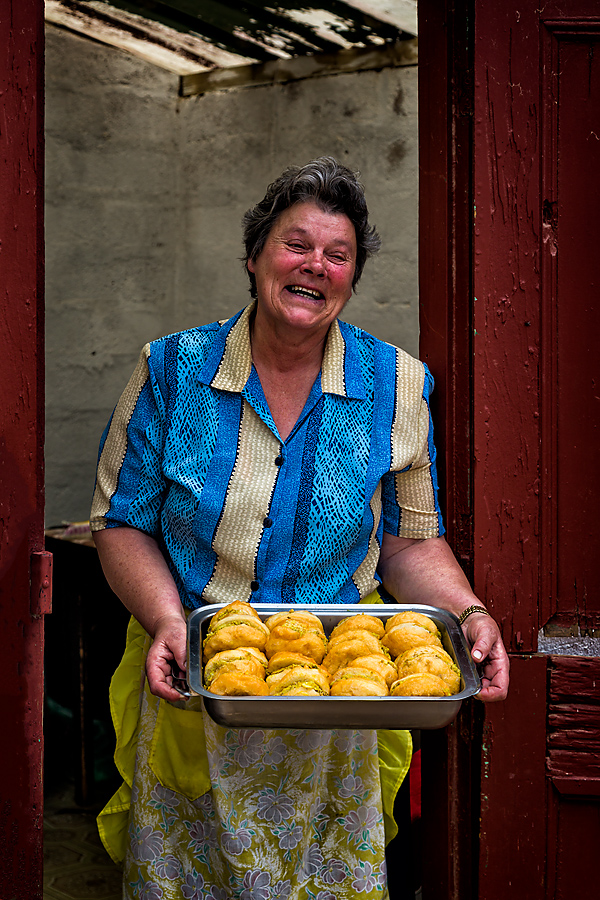
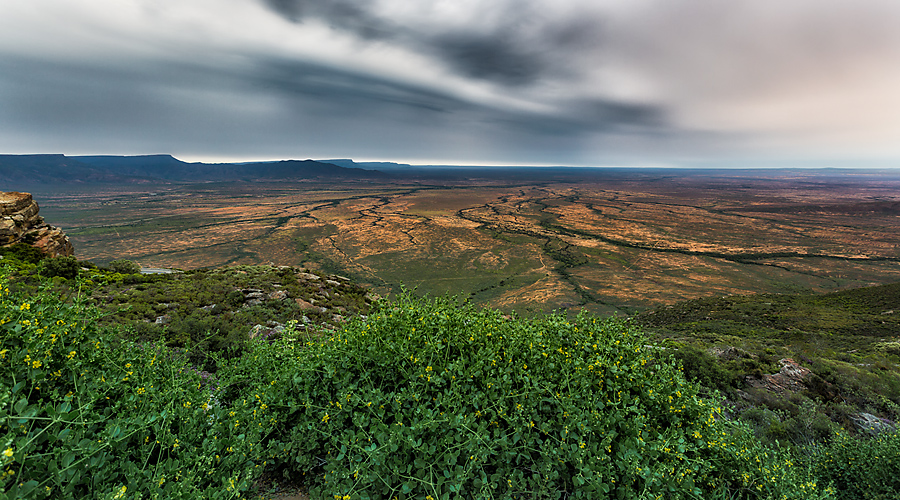
Comments
Germaine Versailles
Vince
Marie
Vince
Germaine Versailles
Marie
Khurram
Vince
Germaine Versailles
Andrea Weiss
Vince